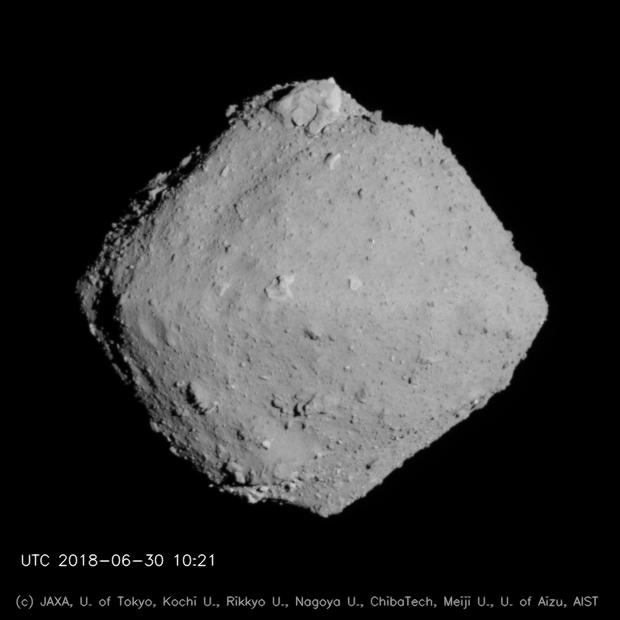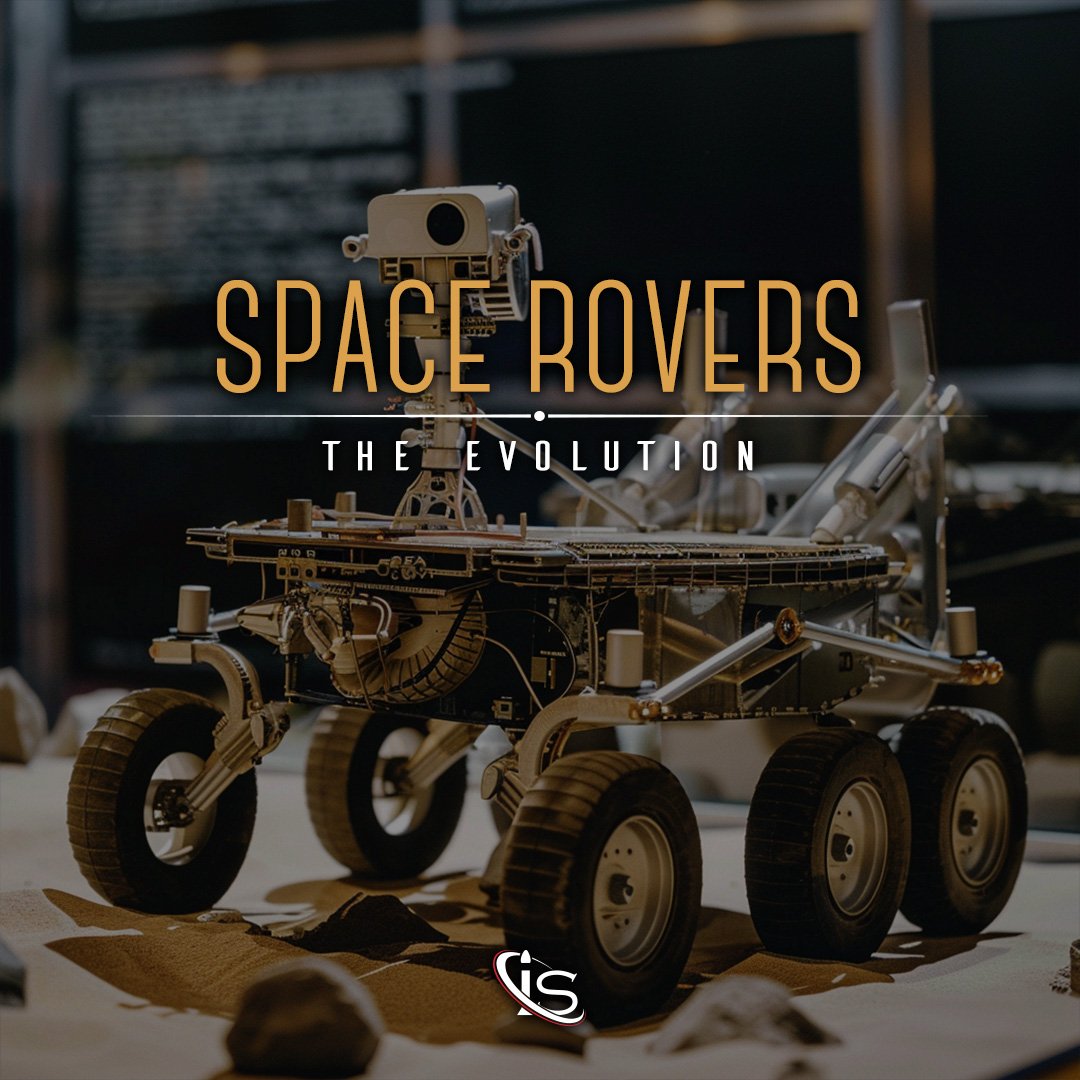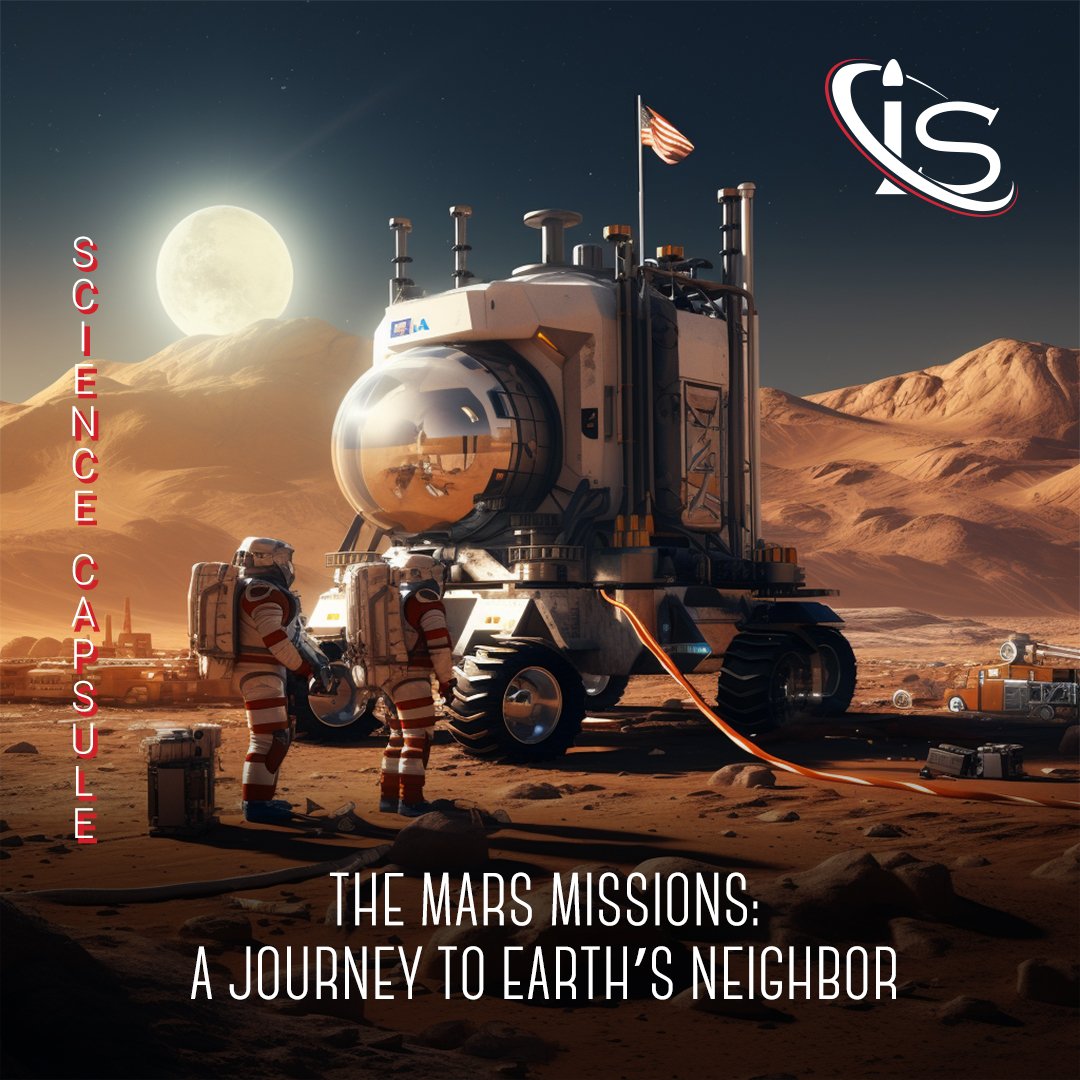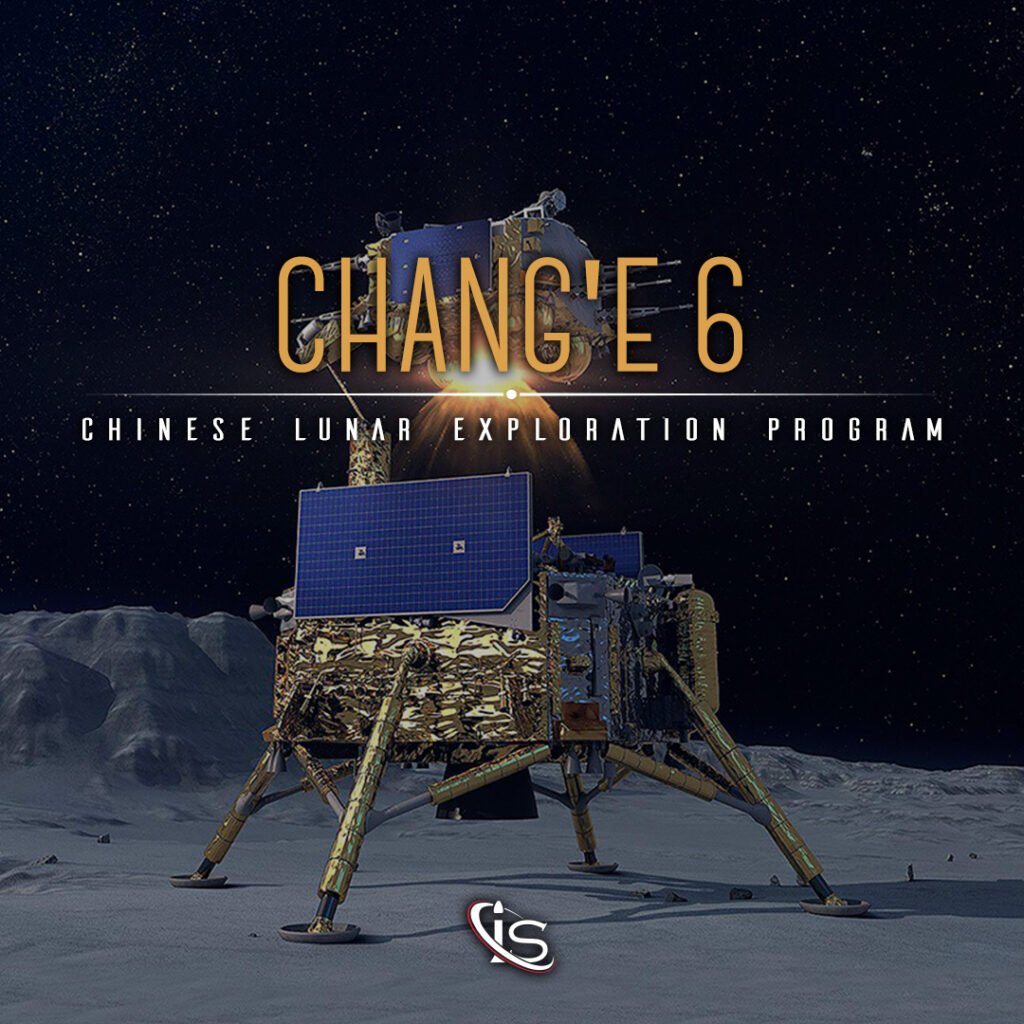Welcome to another installment of our historical milestone series. Some of the topics we cover most here are space industry firsts, and today is no different. Yes, this milestone’s topic is going to be the first time a rover was able to successfully land and operate on an asteroid. Given the volatile nature of these objects, landing a complex piece of machinery on one is certainly something worth discussing. Even more so, when this only happened in recent years. So, without further ado, let’s dive into today’s topic, the Hayabusa 2 mission.

Hayabusa 2
The center of our discussion is not the only first we have in store for you, today. Because, after 7 previous entries, this will be the first time that the space agency in question is neither NASA nor the Soviet one. Instead, today will be all about Hayabusa 2, spacecraft from JAXA (Japan Aerospace Exploration Agency). As the name suggests, this is the successor of a previous mission, Hayabusa. This first spacecraft was also tasked with studying an asteroid. However, as opposed to landing a rover on it, Hayabusa had a different, but similarly challenging task: collecting a sample from an asteroid and bringing it to Earth. This mission was a complete success, with Hayabusa launching in 2003 and returning with an asteroid sample in 2010.
This was also the time when Hayabusa 2 was officially approved by the Japanese government for development. However, it would not be until 2014 that Hayabusa 2 would take to the skies. But what exactly did this mission entail?
Of course, being part of the Hayabusa program, the general goal was the exploration of an asteroid. In particular, the Ryugu asteroid. Launching on December 3rd, 2014, from the Tanegashima Space Center, it would take Hayabusa 2 three and a half years to reach said asteroid. To be more exact, it was on June 27th, 2018, that Hayabusa 2 finally reached Ryugu.
Studying Ryugu

After finally arriving at the asteroid, Hayabusa 2 initially kept a relatively high distance between it and its target, staying approximately 20 km (12 mi) away. It, then, started hovering at a closer distance to Ryugu in July 2018. However, it would not be until September that Hayabusa 2 would release its first two rovers on the surface of the asteroid. And yes, multiple rovers were utilized for this mission, not just the one.
The initial two’s exact deployment date was September 21st, 2018 — hence the timing of today’s milestone. Rover-1A (HIBOU) and Rover-1B (OWL) were dropped from an altitude of 55 m off Ryugu’s ground and were relaying data back to Earth as expected. Then, on October 3rd, 2018, the lander MASCOT, arrived on the asteroid. Standing for Mobile Asteroid Surface Scout, MASCOT only operated for a scheduled 16 hours.
At this point, everything was poised for HIBOU and OWL to begin collecting samples of Ryugu. The start of said collection was planned for October of that year. Unfortunately, the soil encountered by these two missions was made up of a variety of boulders. This made it practically unusable when it came to sampling. Therefore, the collection of material from Ryugu was rescheduled to 2019.
Leaving An Impact
It was not until February 2019, that Hayabusa 2 was able to start the main objective of its mission. Through the use of an impactor, the spacecraft was finally able to gather a sample of Ryugu on February 22nd. The use of an impactor led to the creation of an artificial crater, which, finally, made it possible for the rovers to continue on their mission. However, there was one more hurdle to overcome: successfully landing the reflective markers needed to guide the sampling process. While the first attempt failed, on May 14th, the second (June 4th) was a success. Then, in July 2019, the remaining rovers were deployed, and the first sub-surface sample was collected.

Having accomplished its primary objective, Hayabusa remained hovering over Ryugu until November of that year. It, then, began its long journey back to our beloved planet, a journey that would take over a year to complete. But, finally, on December 6th, 2020, Hayabusa 2 returned from its space odyssey, its mission a total success.
Thank you everyone for taking part of this journey with us, today. We hope that you enjoyed learning about one of the most recent accomplishments of the space industry. Make sure you stay tuned for our upcoming technical and science capsules. And, of course, our next entry into the historical milestone series. “See you” all back here, at impulso.space.





